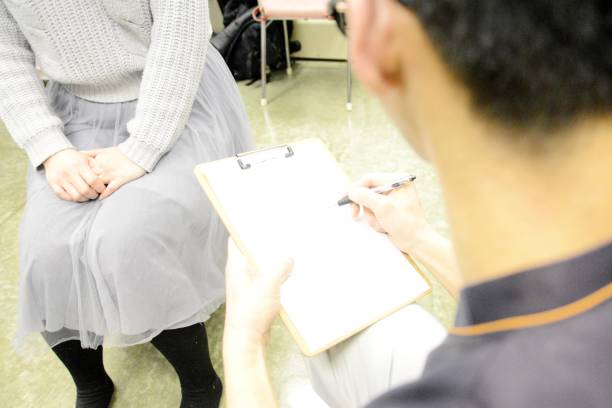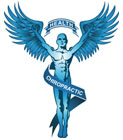1. Lower back pain
How would spinal/pelvic stabilizers help my back? My feet don’t hurt!
Your feet are the foundation of your body, and if your feet are not properly supported, you can have problems anywhere from your ankles on up through your neck. Orthotic therapy is essential in restoring structural and functional balance and developing the strength and flexibility to keep your body stable as you stand, walk, or run. Depending on a variety of factors (lifestyle, health, age, weight, sex), your healthcare professional will select the stabilizers best suited for you. Because it is very important to wear your stabilizers all day long, and because most people wear at least two styles of shoes each day, Dr. Piazza may decide that a stabilizer Combo (two pairs) would be best for your low back condition. Check with Dr. Piazza for more specific information on stabilizers.
2. Knee pain
Depending on the diagnosis of your condition, Dr. Piazza has treatment programs to help restore your knee(s) to normal function. Along with any determination of the need for rest or other therapies (ice, ultrasound, etc.), a three-step program is often indicated:
* Mobilization of the joint for proper alignment.
* Exercise to build muscle strength and joint stability.
* Use of spinal/pelvic stabilizers (foot orthotics) to help reduce excessive internal and external rotation, and to help absorb heel-strike shock.
Developing knee muscles helps to stabilize the joint and lower the incidence of further serious injury. Dr. Piazza may prescribe therapeutic exercises to help you rebuild strength in the knee area. Often these exercises can be done either in our office or in your own home.
Balanced support, stability, and proper movement are the keys to a healthy knee structure. Ask Dr. Piazza if stabilizers or therapeutic exercises would help you.
3. Shin Splints
How do I know if the pain in my legs is caused by shin splints?
Shin splint pain starts gradually and usually occurs during and after some kind of physical activity. In its mild stages, the pain is reduced at rest, but gets worse with an increase in weight-bearing activity. The pain doesn’t radiate, but can be described as deep seated, dull, and throbbing. However, other conditions (including the more serious stress fractures) can have similar characteristics. The best advice is to ask Dr. Piazza; he can make a definitive diagnosis and start working with you on restoring your health.
How can stabilizers help my shin splints?
Stabilizers help to optimize your foot posture, which helps to reduce irritation to the affected area. Dr. Piazza may advise you to wear special stabilizers which have built-in pads of shock-absorbing material. These pads help reduce stress and provide needed comfort.
4. Ankle Pain
What Causes Ankle Injuries?
An acute ankle injury generally results from a sudden turning outward of the foot while supporting the body’s weight, or an external force hitting the body from the side. The quick, extreme pressure placed upon the ligaments around the ankle can cause them to tear. A chronic ankle injury often develops over a long period of time, and can occur if the foot’s posture is unstable. This weakens the ligaments surrounding the ankle joint, making them more likely to tear.
What Can My Healthcare Professional Do To Help Me Feel Better?
Much will depend on the severity of the injury, how quickly the injury is attended to, and the results of the examination. The treatment you do receive will generally focus on relieving pain and swelling (if any), restoring full range of motion (ROM), and strengthening the joint to help prevent a recurrence of the injury. The success of your healthcare professional’s treatment plan will largely depend on how closely you follow his/her instructions, and how actively involved you become in your recovery program.
As My Ankle Heals, What Can I Do To Prevent Reinjury?
In most cases, patient involvement should begin during the healing process. Dr. Piazza r may prescribe spinal/pelvic stabilizers (also called “foot orthotics”) to help normalize foot and ankle motion, stabilize the joint, and protect your feet from what is known as heel-strike shock: That shock is the force wave which travels through your body every time your foot hits the ground. If not properly absorbed, heel-strike shock can adversely affect the treatments you receive, or can considerably slow your recovery.








